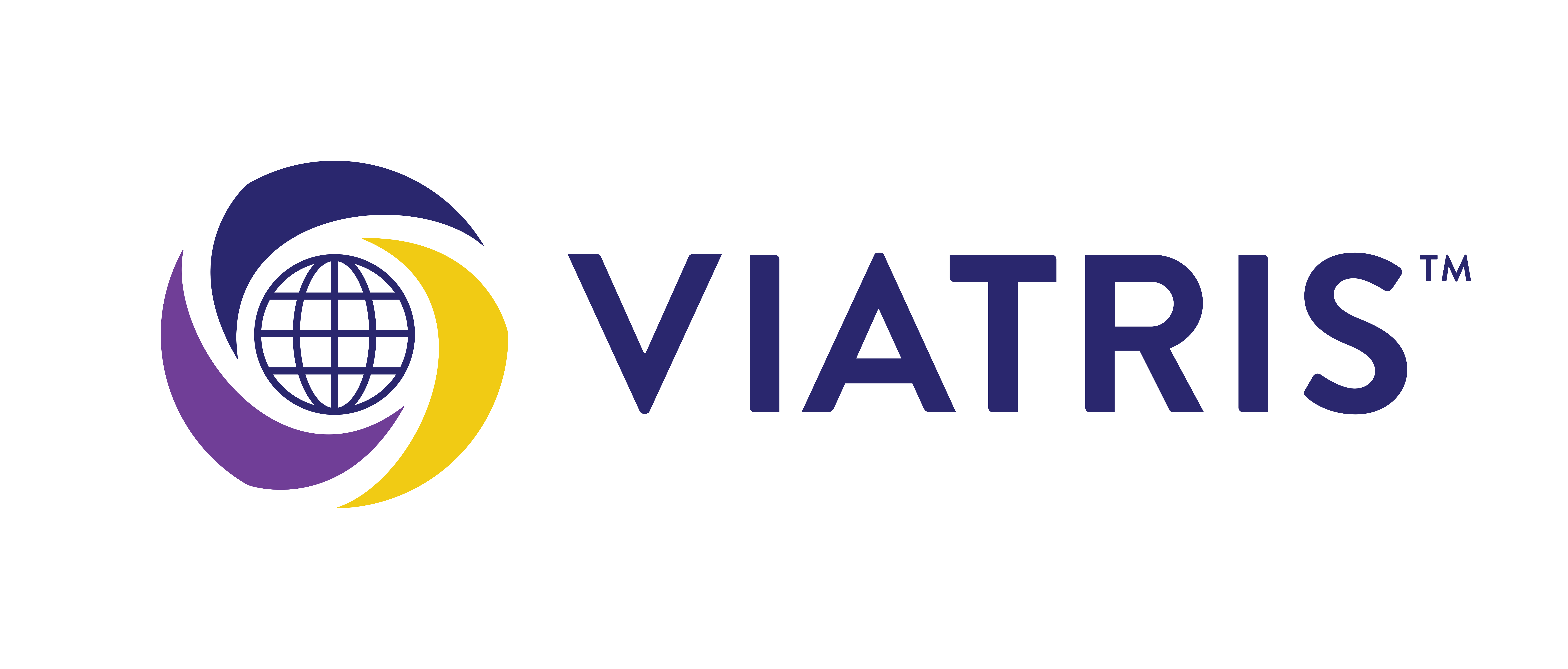Fibrates in 2003: therapeutic action in atherogenic dyslipidaemia and future perspectives.
Atherosclerosis. 2003 Nov;171(1):1-13. 
OBJECTIVES: To explore the therapeutic potential of fibrates to attenuate premature atherosclerosis and cardiovascular disease in the atherogenic dyslipidemias typical of Type II diabetes, Metabolic Syndrome, and the Type IIB (mixed) lipid phenotype; such dyslipidemias frequently feature peripheral insulinoresistance. BACKGROUND: Recent epidemiological data reveal that a marked increase in the prevalence of Type II diabetes, obesity and the Metabolic Syndrome has occurred on a worldwide scale. Dyslipidemia is an integral component of the metabolic perturbations which characterise these disorders, and is intimately associated with premature atherosclerosis and elevated cardiovascular risk. The atherogenic dyslipidemias of Type II diabetes, the Metabolic Syndrome and mixed (IIB) hyperlipidemia feature moderate to marked elevation of triglyceride-rich lipoproteins, low HDL-C cholesterol levels, and a dense LDL phenotype; equally, they feature an inflammatory state. Fibrates, agonists of PPARalpha, act to modulate the expression of key genes of lipid transport and metabolism in organs such as the liver and adipose tissue; equally, they exert pleiotropic, anti-inflammatory effects downregulating expression of genes encoding acute phase proteins and inflammatory cytokines. By inducing elevation of HDL-C levels, reduction in triglyceride-rich lipoproteins and a shift in the dense LDL phenotype to receptor-active, buoyant LDL, and by diminishing the inflammatory state, fibrates act to attenuate the atherosclerotic burden in atherogenic dyslipidemia. Such actions translate into significant clinical benefit as demonstrated by the reduction in cardiovascular morbi-mortality observed in both primary and secondary intervention trials (VA-HIT, Helsinki Heart Study, SENDCAP, DAIS, BECAIT). CONCLUSIONS: Fibrate therapy represents a cost effective approach to the clinical management of a wide spectrum of atherogenic dyslipidemias involving low HDL-C and elevated TGRL levels, and which include Type II diabetes and the Metabolic Syndrome. Optimised clinical application of these lipid modulating, anti-inflammatory drugs in these disorders in the context of either monotherapy or in combination with low dose statin is, therefore, warranted.
Partneři

